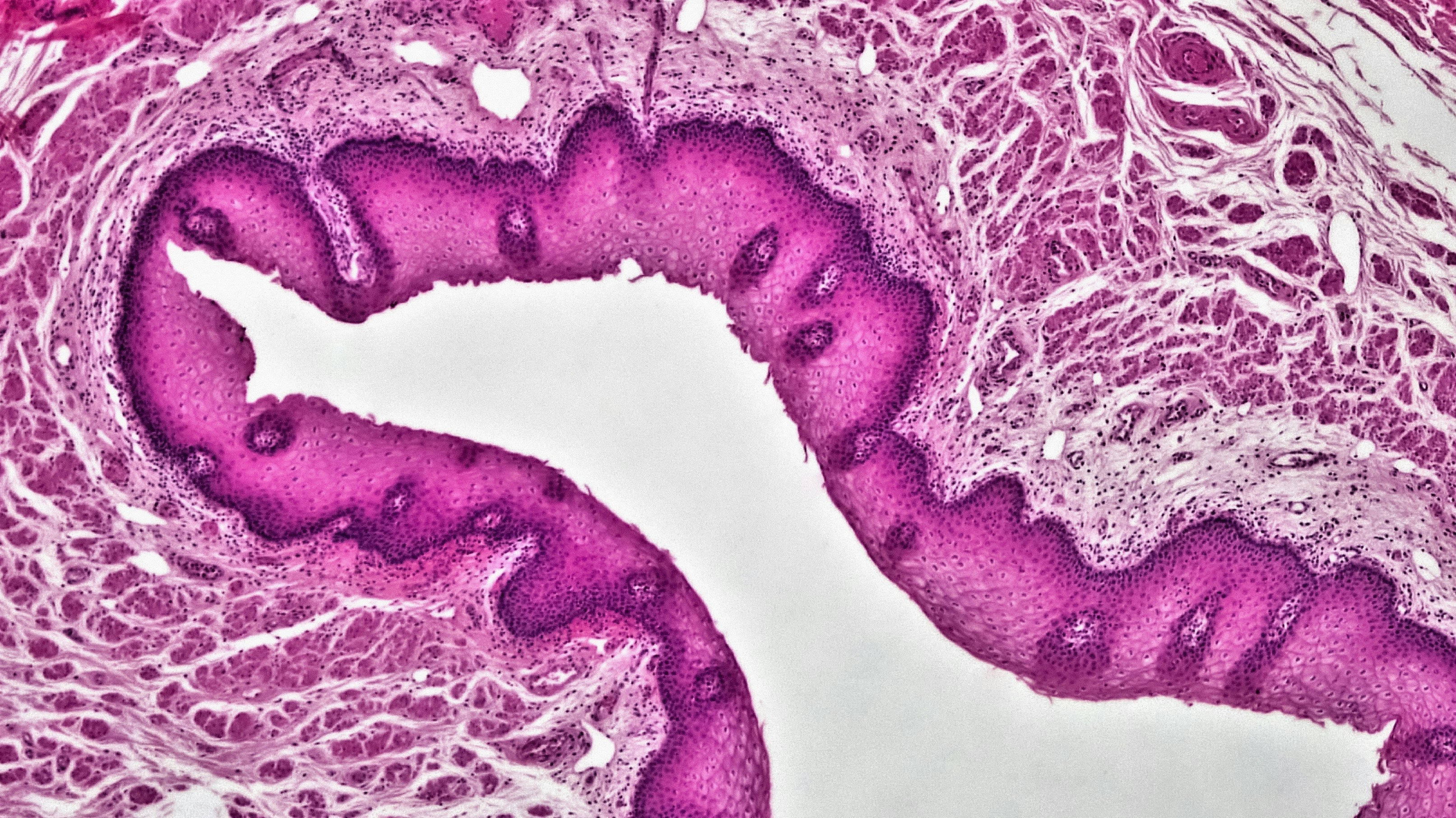When it comes to gut health, there are countless supplements lining the shelves - probiotics, digestive enzymes, prebiotics, and more. But one compound stands out for its unique ability to work at the genetic level: sulforaphane. Found naturally in cruciferous vegetables like broccoli, sulforaphane has been extensively researched for its role in activating a powerful transcription factor known as Nrf2 (Nuclear factor erythroid 2-related factor 2).

Nrf2: The Cellular Guardian
Nrf2 is often described as the master regulator of the body’s antioxidant response. It activates hundreds of genes involved in detoxifying harmful compounds, reducing inflammation, and repairing oxidative damage. Research continues to show that Nrf2 is also closely tied to tight junctions (TJs) - specialized structures that hold our gut barrier together.
Tight junction proteins like claudins, occludin, and ZO-1 act like the “security guards” of the intestinal wall. When they’re functioning properly, harmful substances stay in the gut where they belong. But when these proteins are disrupted, intestinal permeability increases, leading to what we commonly call leaky gut.
According to Dr. John Gildea, the scientist who stabilized sulforaphane in BrocElite®, “Nrf2 is the master regulator of Tight Junctions.” This means that activating Nrf2 doesn’t just fight oxidative stress - it directly strengthens the gut barrier.

What the Research Shows
-
In mice with colitis, Nrf2 activation increased the expression of claudin-1 and occludin, improving gut barrier integrity and protecting against inflammation (Li et al., 2018).
-
In rat models of acute lung injury, Nrf2 upregulated ZO-1 and occludin in lung tissues, again showing broad protective effects on barrier function (Cho et al., 2005).
-
Conversely, when Nrf2 function is reduced - such as during sepsis or liver injury - tight junction proteins decrease, leading to leaky barriers in the gut, the blood-brain barrier (BBB), and the liver (Shah et al., 2007; Lu & Cederbaum, 2008).
Simply put, Nrf2 is not just about fighting oxidative stress: it is central to keeping the body’s important barriers intact.
Sulforaphane: The Nrf2 Activator
This is where sulforaphane shines. While many compounds can activate Nrf2, sulforaphane is considered the most potent natural dietary activator discovered. Broccoli sprouts, in particular, are packed with sulforaphane precursors, which can be converted to sulforaphane in ideal circumstances. This is a fragile process, however, which led us to develop stabilized sulforaphane for optimal delivery in BrocElite® Plus.
Our internal research shows that exposure to glyphosate - a common pesticide found in many GMO crops—can decrease Nrf2 activity by as much as 30%. A single fast-food meal may expose you to these levels of glyphosate. Here’s a list of foods to avoid if you’re concerned. Encouragingly, we’ve also found that taking BrocElite® Plus restores Nrf2 activity, reversing these harmful effects.
Click here to learn more about how BrocElite® can help you protect against glyphosate and strengthen your gut barrier.

Beyond the Gut: Leaky Brain and Systemic Health
Tight junctions aren’t only in the gut. They’re also critical in the blood-brain barrier, the lungs, and the liver. When Nrf2 is low, and tight junction regulation falters, you don’t just end up with leaky gut - you also risk leaky brain, liver permeability, and compromised lung defense.
That’s why supporting Nrf2 naturally with sulforaphane has far-reaching benefits. Instead of targeting one part of the body, it enhances the integrity of multiple systems.
So, Is Sulforaphane the Best Gut Supplement?
Gut supplements like probiotics and digestive enzymes are helpful, but they operate primarily at the microbial or food breakdown level. Sulforaphane, however, works much deeper - activating Nrf2 to repair cellular pathways and restore the structural integrity of the gut lining itself.
Considering its broad benefits, sulforaphane may very well be the most powerful supplement for anyone struggling with gut issues, chronic inflammation, or systemic barrier dysfunction.
References
Cho, H. Y., Reddy, S. P., Debiase, A., Yamamoto, M., & Kleeberger, S. R. (2005). Gene expression profiling of Nrf2-mediated protection against oxidative injury. Free Radical Biology and Medicine, 39(11), 1401–1412. https://doi.org/10.1016/j.freeradbiomed.2005.06.004
Lu, Y., & Cederbaum, A. I. (2008). CYP2E1 and oxidative liver injury by alcohol. Free Radical Biology and Medicine, 44(5), 723–738. https://doi.org/10.1016/j.freeradbiomed.2007.11.005
Peng, H., Li, H., Wang, C., et al. (2023). The role of Nrf2 in the pathogenesis and treatment of intestinal diseases. Frontiers in Immunology, 14, 1200111. https://doi.org/10.3389/fimmu.2023.1200111
Mazariegos, S., et al. (2022). Sulforaphane protects intestinal epithelial cells against LPS-induced changes in intestinal permeability, oxidative stress, inflammation, and apoptosis. Food & Nutrition Research, 65(1), 1952368. https://doi.org/10.1080/21655979.2021.1952368
Wang, Y., et al. (2022). The protective effect of sulforaphane on dextran sulfate sodium-induced colitis in mice. Frontiers in Nutrition, 9, 893344. https://doi.org/10.3389/fnut.2022.893344
Rostami, A., et al. (2023). Glucoraphanin and sulforaphane mitigate TNFα-induced Caco-2 barrier dysfunction. Nutrition Research, 115, 61–72. https://doi.org/10.1016/j.nutres.2023.10.004
Jiang, Q., et al. (2023). Alpha-tocopherylquinone differentially modulates claudins to enhance intestinal epithelial tight junction barrier via AhR and Nrf2 pathways. Cell Reports, 42(9), 113256. https://doi.org/10.1016/j.celrep.2023.113256
Saber, A., et al. (2023). The rationale for sulforaphane favourably influencing gut homeostasis and gut–organ dysfunction. International Journal of Molecular Sciences, 24(17), 13448. https://doi.org/10.3390/ijms241713448
Toden, S., & Goel, A. (2017). Dietary phytochemicals modulate intestinal epithelial barrier function: A promising role in gut health and disease. Food Frontiers, 1(1), 36–52. https://doi.org/10.1002/fft2.102
Kubo, Y., et al. (2019). A protective role of the NRF2-Keap1 pathway in maintaining intestinal barrier. Antioxidants, 8(12), 609. https://doi.org/10.3390/antiox8120609







0 Comment